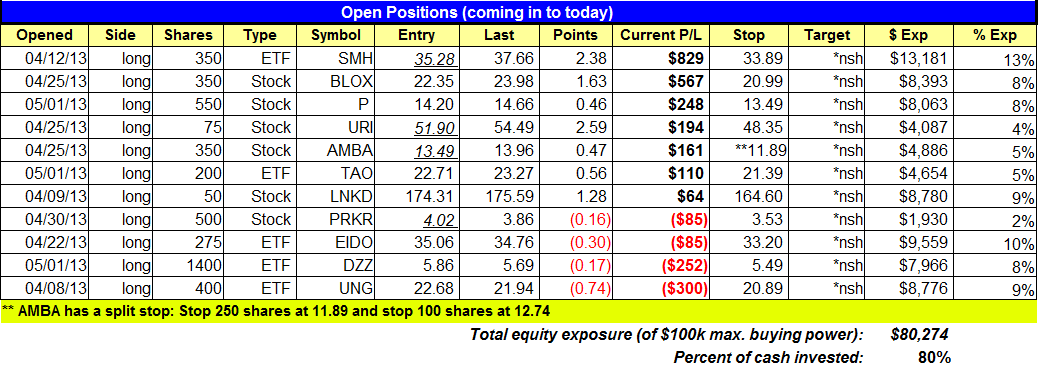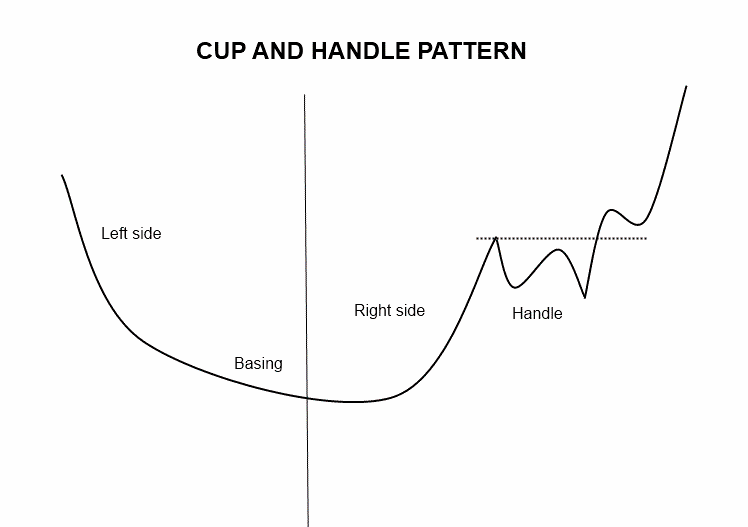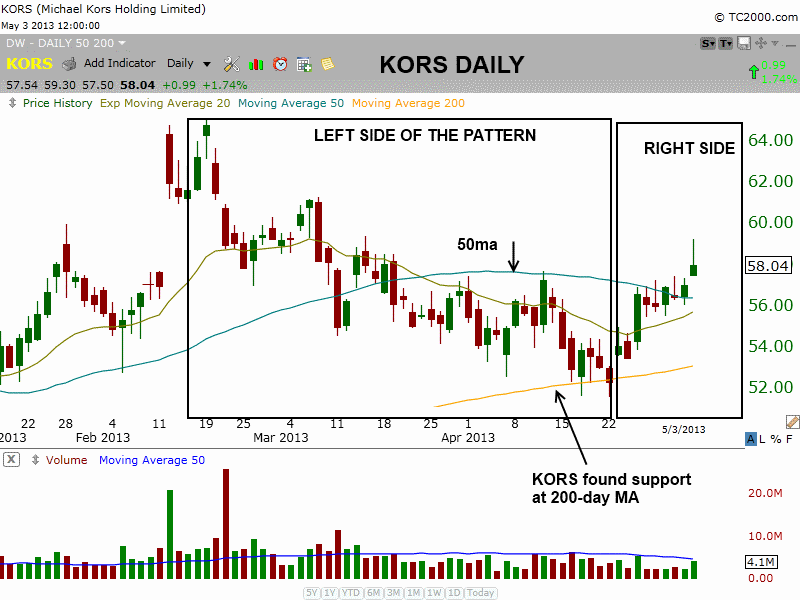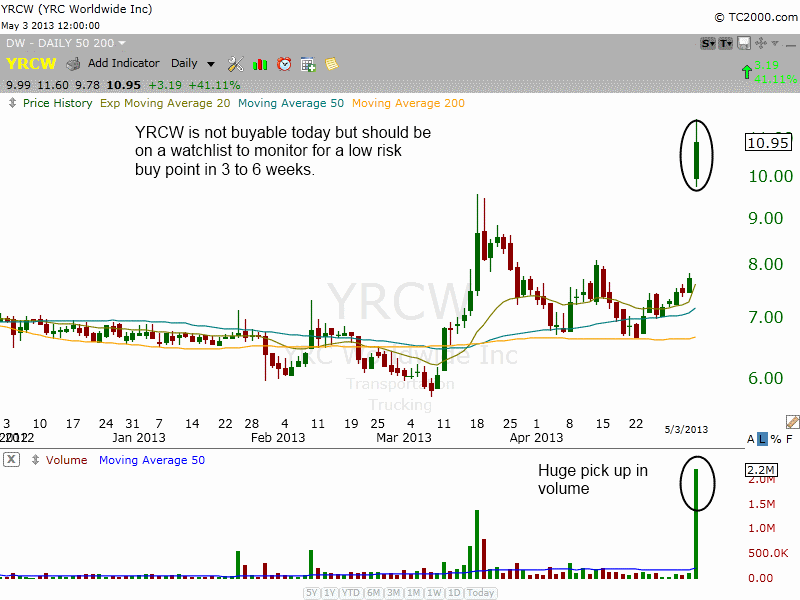Buy
– Signal generated on the close of April 30 (click here for more details)
today’s watchlist (potential trade entries):

Having trouble seeing the open positions graphic above? Click here to view it directly on your web browser instead.
open positions:
Below is an overview of all open positions, as well as a report on all positions that were closed only since the previous day’s newsletter. Net P/L figures are based a $100,000 model portfolio. Changes to open positions since the previous report are listed in pink shaded cells below. Be sure to read the Wagner Daily subscriber guide for important, automatic rules on trade entries and exits.

Having trouble seeing the open positions graphic above? Click here to view it directly on your web browser instead.
closed positions:

Having trouble seeing the closed positions graphic above? Click here to view it directly on your web browser instead.
ETF position notes:
- No trades were made.
stock position notes:
- No trades were made.
ETF, stock, and broad market commentary:
Stocks concluded an impressive week of gains on a positive note last Friday, as the main stock market indexes each jumped approximately 1%. Nearly all the day’s gains were a result of an opening gap up; stocks subsequently traded in a tight, sideways range throughout the session. Turnover in the NYSE was 5% greater than the previous day’s level, enabling the S&P 500 to score a bullish “accumulation day.” However, volume in the Nasdaq eased 1%.
The S&P 500, Dow Jones Industrial Average, small-cap Russell 2000, and S&P Midcap 400 indices all finished at fresh ALL-TIME HIGHS last week. The Nasdaq Composite is not at a record high, but is trading at its highest level since late 2000. It has undoubtedly been an extremely resilient market in recent months, as even several streaks of higher volume selling among institutional traders were subsequently absorbed by the bulls each time.
After extensively scanning the markets over the weekend, we observed there are presently very few actionable ETF swing trade setups with a positive reward-risk ratio. This is because ETFs with the most relative strength are overextended beyond near-term support levels, making for high-risk entries near current prices. Conversely, most ETFs that have not yet broken out could be said to have relative weakness and should be avoided.
Overall, we continue to see the most leadership in the Nasdaq. For several weeks, we have been highlighting the sector rotation back into the tech-heavy index, and that remains the place to be. Our position in Market Vectors Semiconductor ETF ($SMH) continues to act well and is presently trading at a new multi-year high. Although it may pull back in the near-term, we intend to hold through any quick correction because the next significant resistance is not until the $40 area (about 6% higher than its current price). Remember that consistently profitable trading is about holding the winners as long as possible when you’re right, while quickly closing out losing positions that hit their predetermined stop prices when you’re wrong.
Aside from tech-related ETFs like $SMH, another group showing leadership is international ETFs. More specifically, select emerging markets in Asia are the top dogs. We remain long iShares Indonesia Fund ($EIDO), which pulled back in the latter half of last week, but is now sitting near support of its prior breakout level. The iShares Thailand Index ($THD) demonstrated similar price action, and we are monitoring it on our internal watchlist for possible buy entry in the coming days. The iShares Philippines Index ($EPHE) remains incredibly strong, but is rather extended from price support on its weekly chart.
At current price levels, swing traders generally need to already be positioned on the long side of the market OR need to patiently wait for a bit of a correction in the broad market. Fortunately, our model trading portfolio already has healthy exposure to the market with a mix of ETFs and stocks, most of which are presently showing solid unrealized gains.
In recent weeks, we’ve observed that many traders have not believed in the strength of the market, and thus have been sitting on the sidelines while stocks were ripping to new highs. However, Wagner Daily subscribers who have been following our actions have indeed been participating in the market’s recent gains. We can thank our rule-based market timing system for this, as it always forces us to objectively react to price action, rather than attempt to predict it. Put another way, our strategy for timing the market helps us to trade what we see, not what we think.
On the stock side, $LNKD reacted negatively to earnings and was hit hard, closing just below the 50-day MA on heavy volume. There isn’t much we can do here other than to obey our stop. $LNKD may need several weeks to work off Friday’s reversal, but hopefully it can hold above $170 while basing out.
$BLOX followed through nicely to the upside on Friday, gaining 4% on heavy volume. $URI also had a pretty good day, closing up 6% and reclaiming the 50-day MA on higher volume.
$KORS is finally starting to come together after several months of choppy price action. After pulling back just 20% off the highs, $KORS found support at the 200-day MA and reclaimed the 50-day MA last week. $KORS formed the left side of the pattern from March to late April, and is now working on the right side of the pattern. The right side of the pattern will need several weeks to flesh out and form a handle with a proper buy point. The chart below is an example of what we are looking for:

$KORS needs to work on the right side while holding above the 50-day MA:

99% of the stocks we trade in our portfolio come from one of the following three setups:
- Combo Setup – The stock must have a combination of great fundamentals and strong technical action. Usually these stocks are growing earnings at 30 to 40% or higher quarter over quarter, and have a relative strength ranking of 80 or higher (IBD rankings). These stocks are usually A rated and can be held for several weeks or more.
- Price momentum – In this setup fundamentals are not important, but the stock must have a top relative strength ranking (95 or higher) and trade in a group that is outperforming the S&P 500. A recent swing trade in $CLDX (a biotech stock w/ 95+ relative strength ranking) is a good example of a pure price action setup. These stocks can be held for a few days to a few weeks.
- Blast Off – With this setup, fundamentals or a top relative strength ranking is not necessary. We are simply looking for a monster spike in volume on the daily chart with a 4% or more gain on the session. This indicates huge demand. Volume should be at least 2.5 to 3x greater than the 50-day moving average of volume. These stocks can be held for a few days to a few weeks (if the price action is excellent).
The chart below of YRCW is a good example of what we are looking for. This setup is not buyable right now, but if/when it forms a proper base we can then begin to look for a low risk buy point.

relative strength combo watchlist:
Our Relative Strength Combo Watchlist makes it easy for subscribers to import data into their own scanning software, such as Tradestation, Interactive Brokers, and TC2000. This list is comprised of the strongest stocks (technically and fundamentally) in the market over the past six to 12 months. The scan is updated every Sunday, and this week’s RS Combo Watchlist can be downloaded by logging in to the Members Area of our web site.